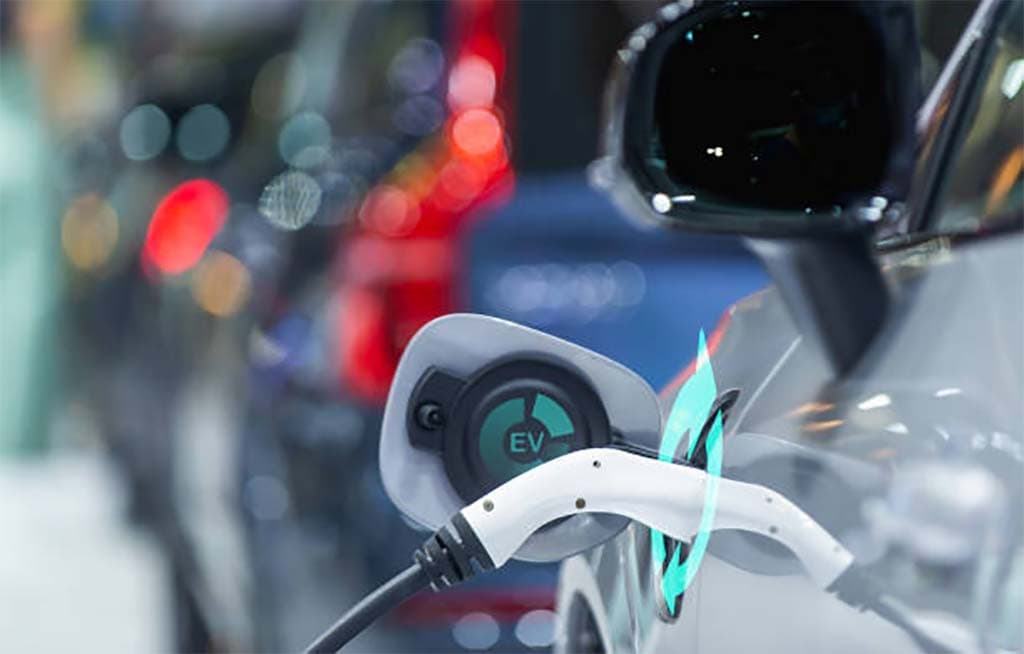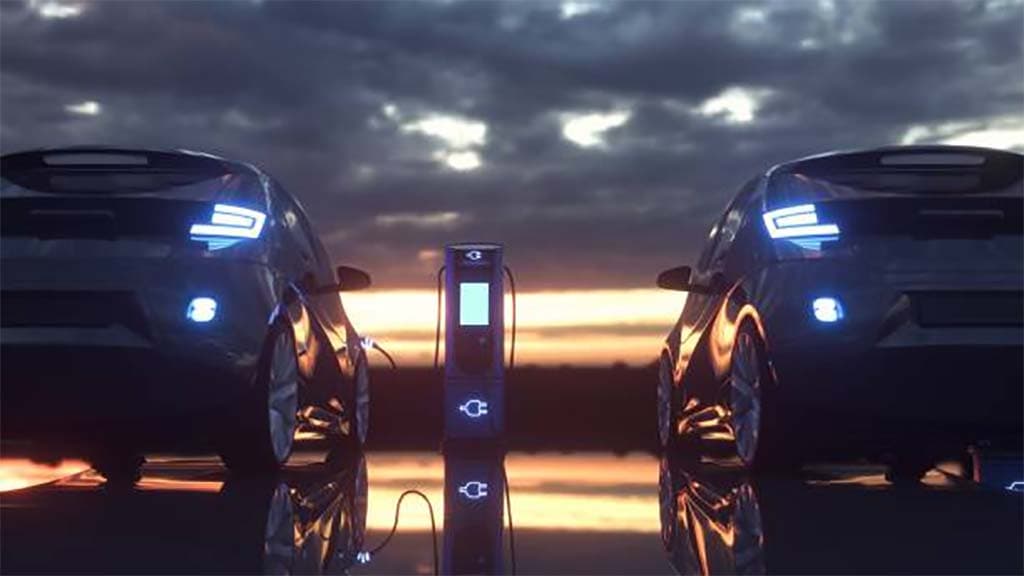Navigating the Economics of Electric Vehicles: A Comprehensive Exploration

Electric vehicles have swiftly emerged from being niche products for the environmentally conscious to mainstream options for the everyday consumer. This surge in popularity can be attributed to a combination of technological advancements, growing environmental concerns, and significant pushes from government policies. However, as the trend continues to rise, potential buyers are looking beyond the allure of a greener planet. They’re keenly evaluating the financial factors associated with owning an electric vehicle. The choice between gasoline-powered cars and EVs isn’t just about carbon footprints anymore; it’s equally about cents and dollars. To truly grasp the economics of the electric vehicle movement, it is crucial to consider every monetary angle—from the price tag on the showroom floor to the recurring monthly expenses.
Upfront Costs: Comparing Electric to Traditional Vehicles
When electric vehicles first entered the market, they were often viewed as expensive alternatives to traditional cars. The initial cost was seen as prohibitive for many. But as with most new technologies, economies of scale and innovations have started to level the playing field. While it’s undeniable that the initial costs of some electric models can be higher than gasoline counterparts, it’s essential to dissect what goes into these prices. For instance, the battery, a critical component of any EV, has historically been one of the most expensive parts. Fortunately, with research and development, battery prices have been on a downward trajectory. But it’s not just about comparing two price tags. Factors like the heat shield replacement costin traditional vehicles, which might seem minute, add up and could tilt the balance in favor of EVs when viewed in a comprehensive light.
Running Costs: Electricity vs. Gasoline
At a glance, the prospect of charging a vehicle at home seems more economical than regular visits to the gas station. And in most instances, this assumption holds true. Electric vehicles, when charged during off-peak hours or with home-installed solar panels, can offer substantial savings over the cost of gasoline. But the savings extend beyond just “fueling” the vehicle. The internal mechanisms of electric vehicles are less complex than those of traditional cars. With the absence of components like exhaust systems and transmissions, routine maintenance such as oil changes becomes obsolete. Additionally, the wear and tear associated with combustion engines, which can lead to various mechanical issues, is absent in the simpler, more streamlined operations of electric vehicles.

Savings Over Time: The Long-Term Perspective
To gauge the true value proposition of electric vehicles, it’s imperative to move beyond immediate expenses and project into the future. The lifespan of a vehicle isn’t just a few years; it’s often a decade or more. Over such extended periods, the recurrent savings from reduced maintenance and lower “refueling” costs accumulate. While the upfront costs might be steeper for electric vehicles, the breakeven point—where the total costs of owning and operating an electric vehicle match those of a gasoline car—often comes sooner than most anticipate. Moreover, as electric vehicle technology evolves, features like longer battery life and more efficient energy consumption are becoming standard, further amplifying the savings in the long run. When factored in with the potential increase in gasoline prices and the comparatively static nature of electricity costs, the long-term economic narrative for EVs becomes even more compelling.
Government Incentives and Tax Breaks
Governments worldwide recognize the pivotal role electric vehicles play in reducing carbon emissions and combating climate change. To accelerate their adoption, a plethora of financial incentives has been introduced. These aren’t mere token gestures; they can significantly reduce the effective purchase price of an electric vehicle. From federal tax credits to state-sponsored rebates, the financial assistance available is varied. In some regions, electric vehicle owners benefit from reduced registration and licensing fees. There are also incentives for installing home charging infrastructure, further alleviating the cost burden. It’s worth noting that these incentives aren’t static. As the EV market matures, the nature and scale of governmental support may evolve. Therefore, potential buyers should stay informed about the latest policies to maximize benefits.
Environmental Considerations and Potential Economic Gains
The push towards electric vehicles isn’t solely driven by direct financial savings. There’s a broader economic perspective rooted in environmental benefits. By transitioning to EVs, society takes a significant step towards reducing harmful emissions, which has long-term health benefits. Fewer pollutants mean cleaner air, leading to a decrease in health-related expenses and enhancing the overall quality of life. On a macroeconomic scale, reduced dependence on oil imports can positively affect a country’s trade balance, promoting energy security and potentially stabilizing energy prices. Moreover, the rise of the electric vehicle industry can spur job creation in sectors like battery manufacturing, EV infrastructure, and renewable energy, further bolstering the economy.
Conclusion: Weighing the Economics of EV Adoption
The decision to opt for an electric vehicle goes beyond the immediate allure of silent engines and zero emissions. It’s a multifaceted choice, with economics playing a central role. As the electric vehicle landscape continues to evolve, the financial benefits are becoming increasingly evident. Reduced running costs, coupled with government incentives, paint a compelling picture for EV adoption. However, like any significant investment, it’s crucial to analyze both the present scenario and future trends. Making an informed decision requires a holistic understanding of the costs, savings, and broader economic implications.
